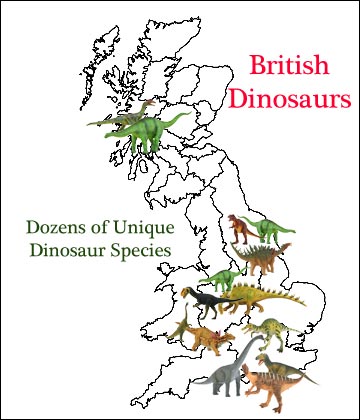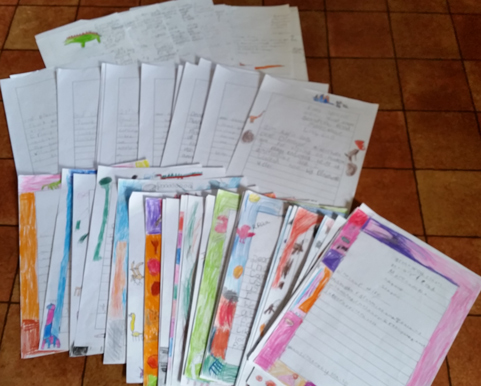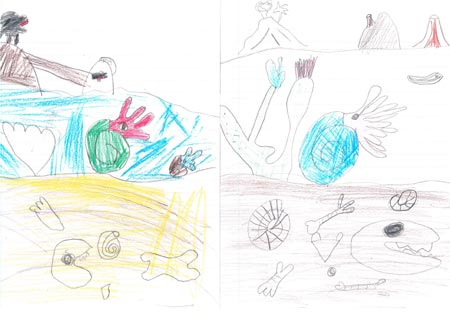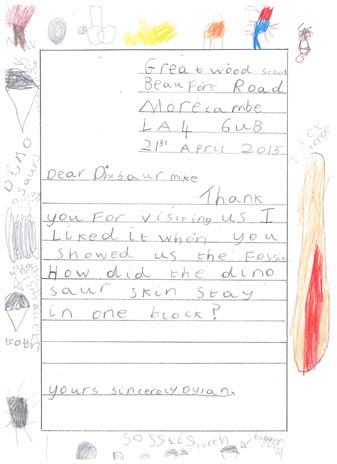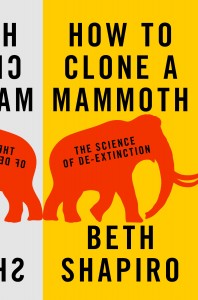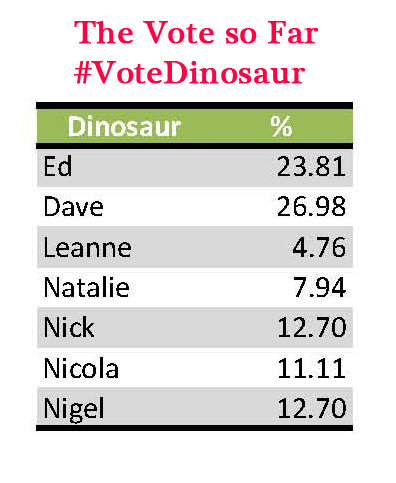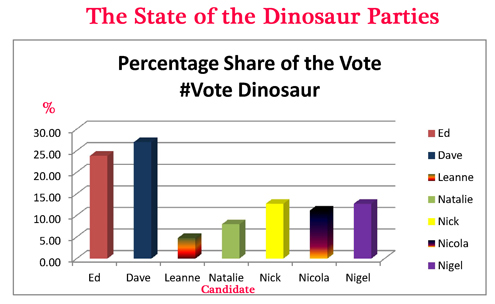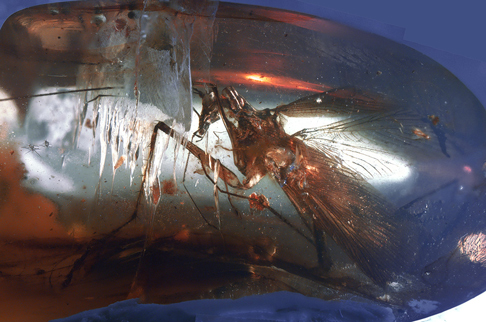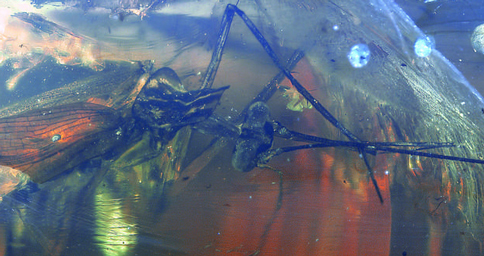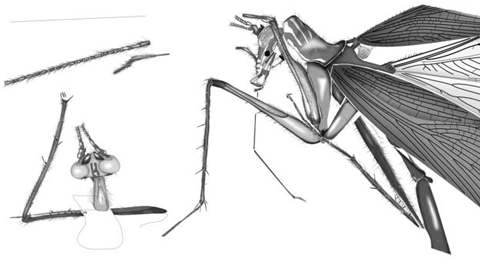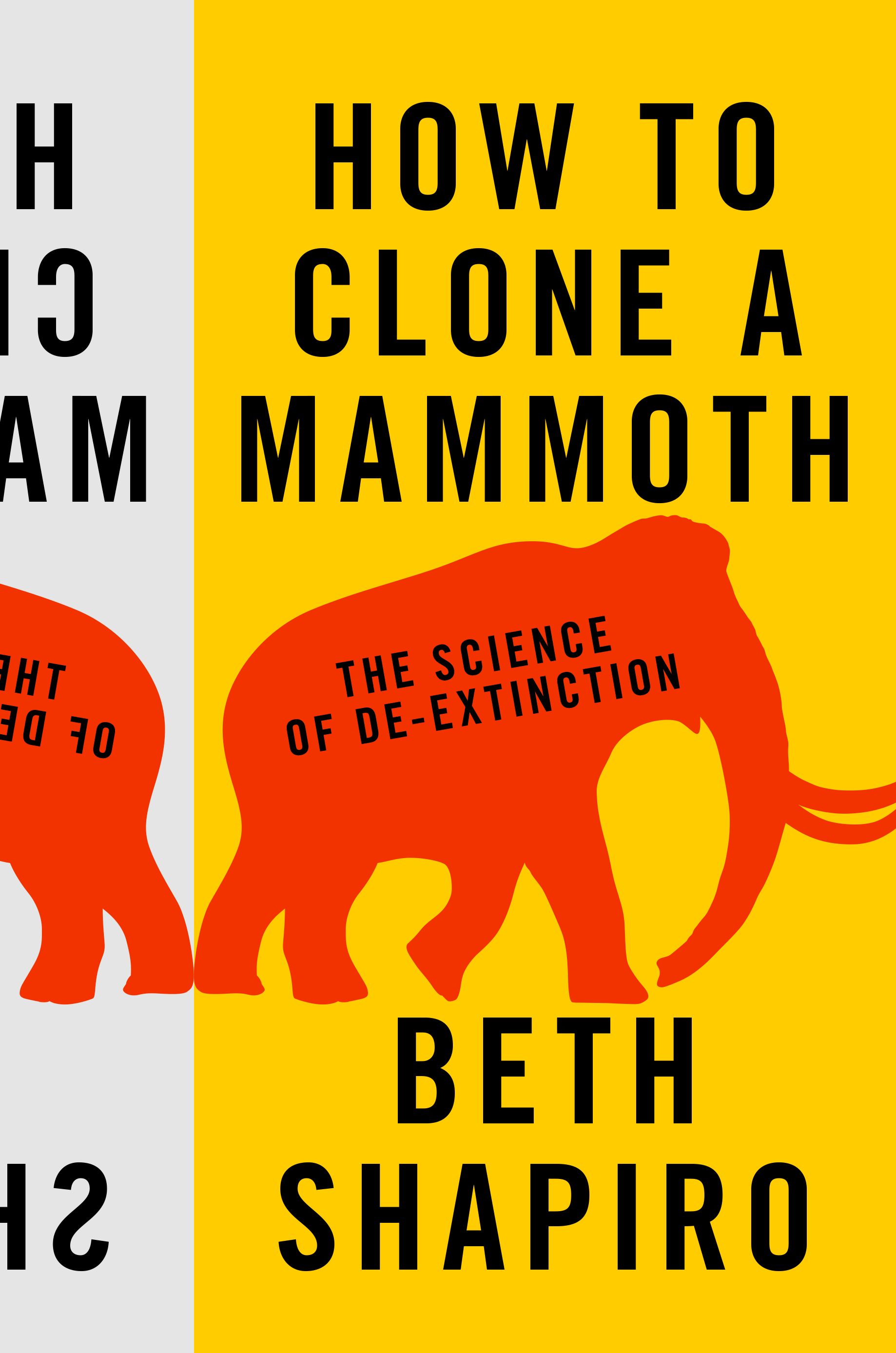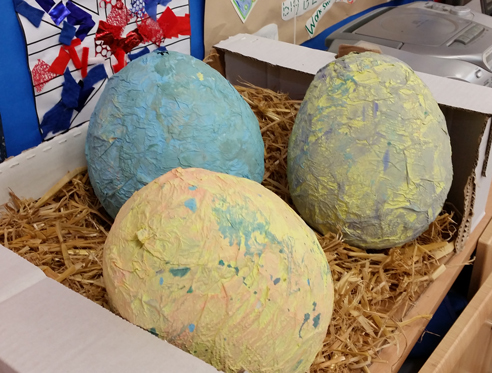Dinosaurs and More Dinosaurs in 2015
“Dinosaur Britain” Documentary Commissioned by ITV
By now it could not possibly have escaped your notice that “Jurassic World”, the fourth in the “Jurassic Park” movie franchise opens next month (June 12th). Another teaser trailer has just been put out and the film is certainly one of the most eagerly awaited cinema events of this year. However, you don’t have to visit Isla Nublar to view dinosaurs, travel back in time and “dear old blighty” was home to a huge range of prehistoric animals including three types of tyrannosaurs*.
New Television Documentary
The very first scientific descriptions of dinosaurs in the early to mid 19th century were all based upon fossil discoveries made in the UK. To mark the United Kingdom’s contribution to this sub-division of vertebrate palaeontology, ITV has commissioned the production company Maverick Television to transport Britain back to the Mesozoic to depict how this part of the world was once home to a myriad of prehistoric animals.
“Dinosaur Britain” A New Television Documentary
Picture credit: Everything Dinosaur
Over one hundred different species of dinosaur have been identified so far from fossils found in the British Isles. This includes those three tyrannosaurs as mentioned above* [Eotyrannus lengi (Isle of Wight), Proceratosaurus bradleyi (Gloucestershire) and Juratyrant langhami (Dorset)]. Back in 2014, Everything Dinosaur reported on the first formal survey of British dinosaurs undertaken by a group of scientists, which included the very talented Darren Naish, a vertebrate palaeontologist from the University of Portsmouth. In August of last year, we reviewed the excellent “Dinosaurs of the British Isles”. This book provided a comprehensive guide to the different types of Dinosauria that once roamed around Britain.
Dinosaur Britain
To read Everything Dinosaur’s review of “Dinosaurs of the British Isles by Dean Lomax and Nobumichi Tamura: “Dinosaurs of the British Isles” Reviewed.
“Dinosaurs of the British Isles”
Picture credit: Siri Scientific Press
For further information on this fantastic book and to order a copy: Siri Scientific Press.
Britain = Dinosaur Island
Not entirely accurate as for much of the Mesozoic, this part of the world was underwater and when dry land did occur in the past, it formed part of a much larger continental landmass, but that’s not the point, for the last eight thousand years or so, Britain has been an island and there is a wealth of dinosaur and other prehistoric animal fossils to be found in the British Isles, so much so, that it has inspired the commissioning of a new two-part television documentary series.
ITV has commissioned Maverick Television (creators of programmes such as “Embarrassing Bodies” and television make-over shows such as “How to Look Good Naked”), to make two, one-hour long documentaries examining the types of different dinosaur that existed in the British Isles. Everything Dinosaur understands that the working title for this series is “Dinosaur Britain” and CGI techniques will be used to place ancient creatures in modern-day settings. So if you fancy seeing an iguanodont wandering around Kent or a Megalosaurus taking a stroll through the centre of Oxford then this new television series might just float your boat!
Attempting to Educate Viewers
Director of Factual Output for ITV, Richard Klein has ordered the programmes which will attempt to educate viewers not only on the types of dinosaur that once existed in the UK, but also to provide information about the habitats and ecosystems of the UK during the Age of the Dinosaurs. Dinosaur fans can expect lots of hunting and fighting sequences too.
A spokesperson from Everything Dinosaur stated:
“Britain has a rich fossil heritage, of which the Dinosauria makes up only a small part. However, with more than one hundred different dinosaurs identified from fossils found in the British Isles, documentary makers have a huge cast list to choose from. Giants like Pelorosaurus and Brachiosaurs to fearsome predators like Becklespinax and Megalosaurus, which was the first dinosaur to be scientifically named and described.”
At the time of writing we are not sure when these programmes will be shown, but one thing is for sure, with all the hyperbole surrounding “Jurassic World”, we can expect dinosaurs to have a much bigger media footprint (even bigger than usual), over the next couple of years.
To view the CollectA Prehistoric Life range with its assortment of models representing “British Dinosaurs”: CollectA Prehistoric Life Models.


